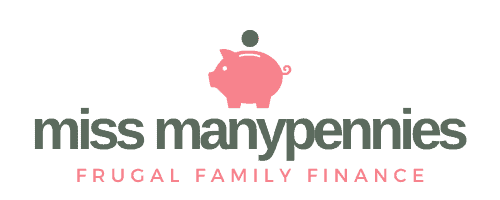What Are My Options For Reducing My Debt?
Posts contain affiliate links, see disclosure for more details.

Debt – nobody’s favourite four letter word, but much more common than you’d think. With 8 in 10 Americans currently being in some kind of consumer debt, it’s unsurprising that a lot of us are struggling and wanting to get rid of it.
But what are the best options for reducing debt?
Before you can figure out the best approach for paying off debt, you need to know exactly how much you owe, when it is due, and any associated fees and charges.
You need to go through and write down all the figures and get everything laid out. Once you have it all laid out clearly, you’ll have a clear picture of your situation and be better able to tackle the debt effectively.
If you have a lot of debt from multiple sources, you might want to learn more about debt consolidation to help simplify repayments.
Paying off debt
There are 2 well known approaches to paying off debt. These are:
1. The snowball method
Put simply, this involves tackling each debt one at a time, starting with the smallest.
Once the smallest debt is fully paid, you take the money you were paying towards that and put towards paying off the next biggest, hence the term ‘snowball’. This methods takes no notice of how much interest you’re paying, rather the main advantage is that you see progress faster and stay motivated.
You can use a debt consolidation calculator to help you figure out your options.
2. The debt avalanche method
This debt avalanche approach involves listing out your debts in order of which has the highest interest. Any money you can pay on top of the minimum payments you put towards you highest interest debt first. This method means you pay less interest overall.
Tips to save money and pay down debt faster
> Budget, budget, budget
Having a clear and comprehensive budget is key to keeping finances healthy. Make sure to include all your outgoing and fixed expenses including mortgage payments/rent, utility bills like energy and water, as well as all outgoing debt repayments.
Your total income minus your total outgoings will give you a good overview of your financial situation which can help you work out how you might need to adjust things to keep your budget in line with your finances.
> Switch and save
Shopping around for a new deal on subscriptions and services can be a good way to get an easy win by shaving a little off some of your regular outgoings. If it’s coming up to renewal time, it’s always worth asking for a discount or moving to a new supplier with cheaper new customer deals.
> Get frugal
Making small frugal changes might not seem to make a difference, but little things put together can add up to a lot of savings. Meal planning, being extra conscious of energy usage, choosing to walk instead of drive, cutting down on non essential spending – all of these can add up to make a bigger dent in your debt.
> Make some extra money
If it’s not possible to make further savings, it might be better to look at ways to bring in some extra income to help put towards the debt. There are loads of options for making extra money – you could try having a declutter and selling unwanted items, renting out a spare room or taking on an extra part time job.
There are lots of side hustle ideas that you can do flexibly around existing commitments too – like online gig work, virtual assistance, delivery driving, taking part in focus groups and so many more.
Putting any savings you are able to make towards debt, along with any extra income you can generate, means you can reduce your debt more quickly and get your finances back on track.





